Creating a stunning cactus garden transforms any outdoor or indoor space into a low-maintenance desert oasis. These drought-tolerant plants offer endless design possibilities with their architectural forms, unique textures, and surprising color variations. Whether you're working with a sprawling backyard or a compact balcony, cactus gardens provide year-round beauty while requiring minimal water and care. From modern minimalist layouts to vibrant bohemian displays, these resilient plants adapt to countless design styles. The key lies in understanding each cactus variety's growth habits and combining them thoughtfully with complementary materials like decorative rocks, gravel, and artistic containers to create cohesive, visually striking landscapes.

1. Desert Rock Garden with Golden Barrel Cacti

Transform your landscape into an authentic desert scene by centering your design around clusters of golden barrel cacti surrounded by weathered boulders and decomposed granite pathways. This theme emphasizes natural desert elements with warm-toned sandstone rocks, varying sizes of river stones, and sandy-colored gravel as ground cover. Incorporate tall columnar cacti like Mexican fence posts as vertical anchors, while smaller barrel cacti create rhythmic patterns throughout the space. Add subtle LED lighting positioned behind larger rocks to create dramatic evening shadows. The color palette focuses on warm earth tones – golden yellows, rust oranges, and deep browns – enhanced by the natural textures of weathered wood accents and copper planters that develop beautiful patina over time.
2. Modern Minimalist Cactus Courtyard

Design a clean, contemporary space featuring geometric concrete planters arranged in precise symmetrical patterns filled with architectural cactus varieties. This style emphasizes simplicity through repetition, using identical square or circular planters containing the same species of cacti, such as uniform golden barrels or elegant San Pedro cacti. The flooring combines smooth concrete pavers with strips of white gravel, creating clean lines and visual flow. Modern outdoor furniture in neutral colors complements the stark beauty of the cacti. Subtle uplighting illuminates each planter, while a single water feature – perhaps a minimalist concrete fountain – adds gentle movement. The overall aesthetic celebrates negative space, allowing each cactus to stand as living sculpture within the refined architectural framework.
3. Hanging Cactus Garden with Macrame Planters

Create vertical interest by showcasing trailing and compact cacti in handcrafted macrame hangers suspended at varying heights throughout a covered patio or pergola. This bohemian-inspired design combines natural jute rope planters with ceramic pots in earthy tones, featuring species like trailing jade plants, small moon cacti, and delicate string succulents. Wooden ceiling beams or metal framework support the hanging arrangement, while floor-level containers filled with larger cacti ground the display. Incorporate natural materials like driftwood shelving, woven baskets, and colorful outdoor cushions in sunset hues. Wind chimes and small lanterns enhance the relaxed atmosphere, while climbing vines or fabric draping softens the architectural elements. This design maximizes growing space while creating an intimate, layered environment perfect for meditation or casual gatherings.
4. Container Cactus Collection on Tiered Displays
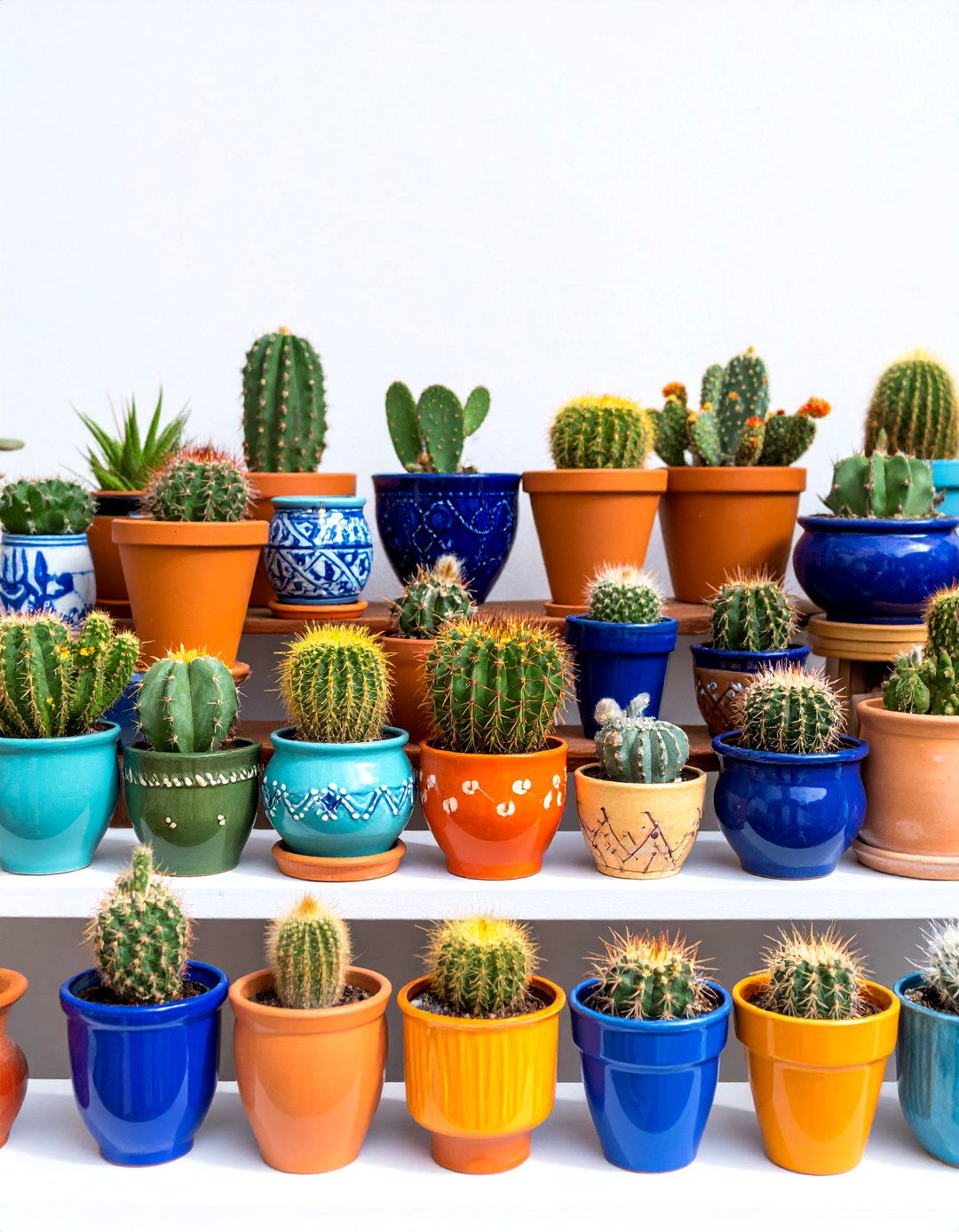
Establish a dynamic showcase using wooden or metal tiered stands displaying an extensive collection of potted cacti in coordinated containers. This design allows for easy rearrangement and seasonal updates while protecting tender varieties during harsh weather. Choose containers in complementary materials – perhaps all terracotta, glazed ceramics in blues and greens, or modern concrete pots – to create visual unity despite plant diversity. Arrange different heights and textures thoughtfully, placing spiky varieties next to smooth, rounded forms. Include plant labels for educational interest and conversation starters. Gravel trays beneath each level catch excess water while adding textural interest. Background elements like bamboo screening or painted walls in warm desert colors frame the collection, while adjustable shade cloth protects sensitive species during extreme conditions.
5. Zen Garden with Raked Gravel and Statement Cacti

Construct a meditative space inspired by Japanese garden principles, featuring carefully raked gravel patterns surrounding strategically placed large cacti specimens. This design emphasizes contemplation and simplicity, using fine decomposed granite or specialized zen garden sand that holds rake marks beautifully. Position one or two massive specimens – such as a towering saguaro or impressive golden barrel – as focal points within the raked expanse. Simple wooden benches or natural stone seating invite quiet reflection. Incorporate symbolic elements like carefully placed river rocks representing islands, while maintaining clear pathways through the space. Bamboo or wooden rake tools hung nearby encourage interactive maintenance as a mindful practice. Subtle perimeter plantings of ornamental grasses soften the boundaries while maintaining the serene, uncluttered aesthetic central to zen design philosophy.
6. Colorful Ceramic Pot Cactus Display

Design a vibrant garden showcase featuring cacti planted in hand-painted ceramic pots in bold, saturated colors that complement desert sunset themes. This approach transforms functional containers into artistic elements, using pots glazed in deep turquoise, sunset orange, magenta, and golden yellow. Arrange the colorful vessels on different levels using decorative plant stands, stacked stones, or wooden platforms painted in coordinating hues. Choose cacti varieties that enhance the color scheme – perhaps purple-tinged prickly pears, silvery blue agaves, or golden-spined barrel cacti. Background walls painted in warm neutrals or earth tones prevent color competition while providing visual grounding. Add coordinating outdoor textiles, such as Mexican-inspired cushions or colorful umbrellas, to extend the vibrant theme throughout the space and create cohesive outdoor living areas.
7. Windowsill Indoor Cactus Garden
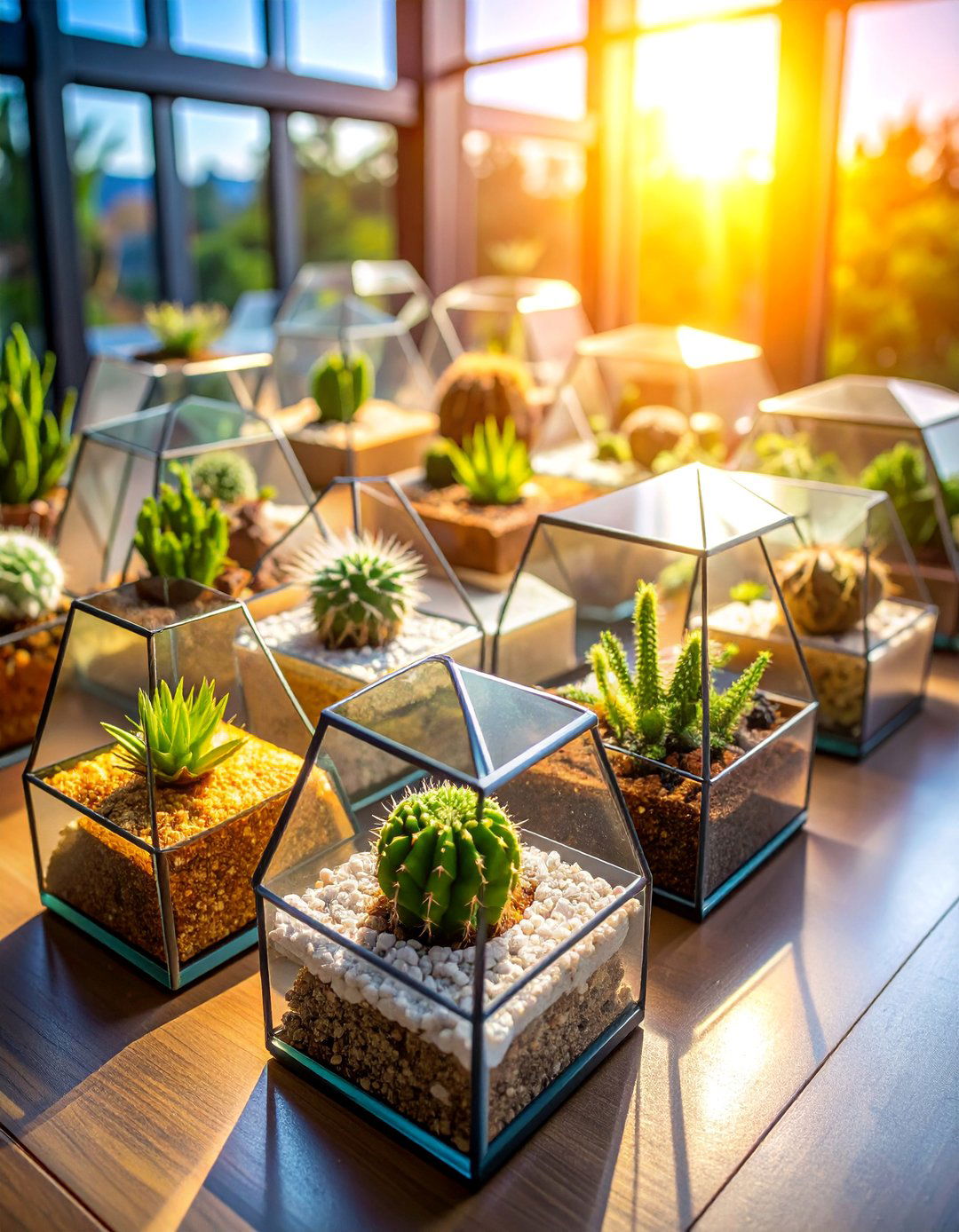
Transform sunny interior spaces with carefully curated windowsill displays featuring small cactus varieties in matching containers with proper drainage systems. This indoor theme maximizes natural light from south-facing windows while creating living art installations within the home. Select shallow ceramic dishes, decorative bowls, or purpose-built succulent planters in coordinating styles and colors. Choose compact varieties like tiny barrel cacti, small moon cacti, or delicate mammillaria species that won't outgrow their spaces quickly. Layer different heights using small plant stands or decorative blocks, creating visual depth within the limited windowsill area. Include decorative elements like colored sand, small stones, or miniature figurines to enhance the display's charm. Proper drainage remains crucial – use gravel layers and ensure containers have adequate holes to prevent root rot in the controlled indoor environment.
8. Poolside Cactus Oasis with Reflection Features

Frame swimming pool areas with dramatic cactus installations that create stunning reflections in the water while providing privacy and windbreak benefits. This design emphasizes large architectural specimens like towering saguaros, columnar San Pedro cacti, or massive agave plants positioned to cast interesting shadows and create mirror images in the pool surface. Incorporate complementary hardscaping with natural stone coping, decorative pebble decking, and built-in planters that blend seamlessly with pool equipment. Choose heat-tolerant varieties that thrive in reflected sunlight and chlorinated water conditions. Add underwater LED lighting to illuminate the cacti from below during evening swimming, creating magical silhouettes. Pool furniture in natural materials like teak or powder-coated aluminum complements the desert aesthetic while providing comfortable seating areas surrounded by the dramatic cactus landscape.
9. Front Yard Statement Garden with Pathway Integration
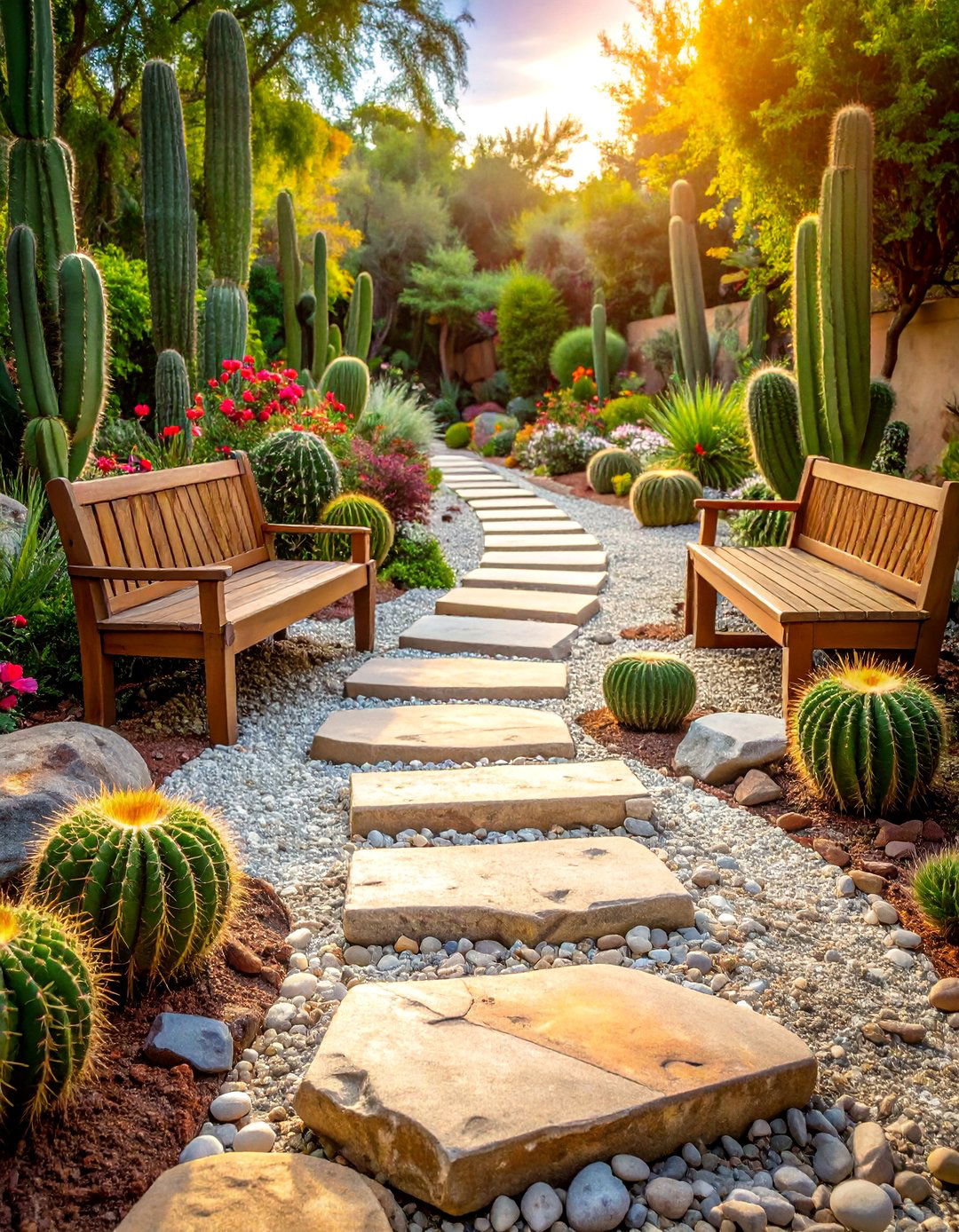
Create impressive curb appeal by designing a front yard cactus garden with meandering pathways that guide visitors through carefully planned vignettes of varying cactus sizes and textures. This comprehensive landscape design replaces traditional lawn areas with drought-tolerant beauty, incorporating decomposed granite or flagstone walkways bordered by graduated plantings. Begin with low-growing barrel cacti and colorful succulents near the sidewalk, transitioning to medium-height prickly pears and agaves, culminating in tall columnar specimens near the house. Incorporate artistic elements like sculptural boulders, metal garden art, or ceramic focal points that complement the desert theme. Address numbers and mailbox designs should reflect the southwestern aesthetic. Strategic lighting illuminates both pathways and key plant specimens for safety and dramatic nighttime appeal, while maintaining neighborhood compatibility through thoughtful design transitions.
10. Raised Bed Cactus Garden with Stone Borders

Construct elevated planting areas using natural stone retaining walls filled with perfectly draining soil mixes designed specifically for cactus cultivation. This design addresses drainage concerns while creating defined growing spaces that protect plants from foot traffic and provide optimal growing conditions. Build walls from local stone materials – limestone, sandstone, or volcanic rock – that complement regional geology and home architecture. Fill beds with specialized cactus soil blends incorporating sand, perlite, and decomposed granite for excellent drainage. Plan bed heights between eighteen and thirty-six inches for comfortable maintenance access while creating visual prominence for the plantings. Include integrated irrigation systems with drip emitters for efficient water delivery. Cap walls with wide stone coping that doubles as seating areas, while gravel pathways connect multiple raised beds throughout the garden space.
11. Terrarium Cactus Garden for Indoor Display

Develop miniature desert landscapes within clear glass containers, creating controlled environments perfect for small cactus varieties and educational displays. This design approach allows for precise environmental control while showcasing cacti as living art pieces suitable for coffee tables, desks, or display shelves. Select appropriate glass vessels – from simple fish bowls to geometric terrariums – ensuring adequate ventilation and access for maintenance. Layer specialized succulent potting soil over drainage materials like activated charcoal and decorative pebbles. Choose slow-growing varieties such as tiny mammillaria, small haworthia, or colorful lithops that won't quickly outgrow their confined spaces. Incorporate miniature decorative elements like colored sand layers, small stones, or tiny figurines to enhance the landscape effect. Position terrariums in bright, indirect light locations and establish careful watering schedules to maintain optimal growing conditions.
12. Vertical Wall Cactus Garden Installation
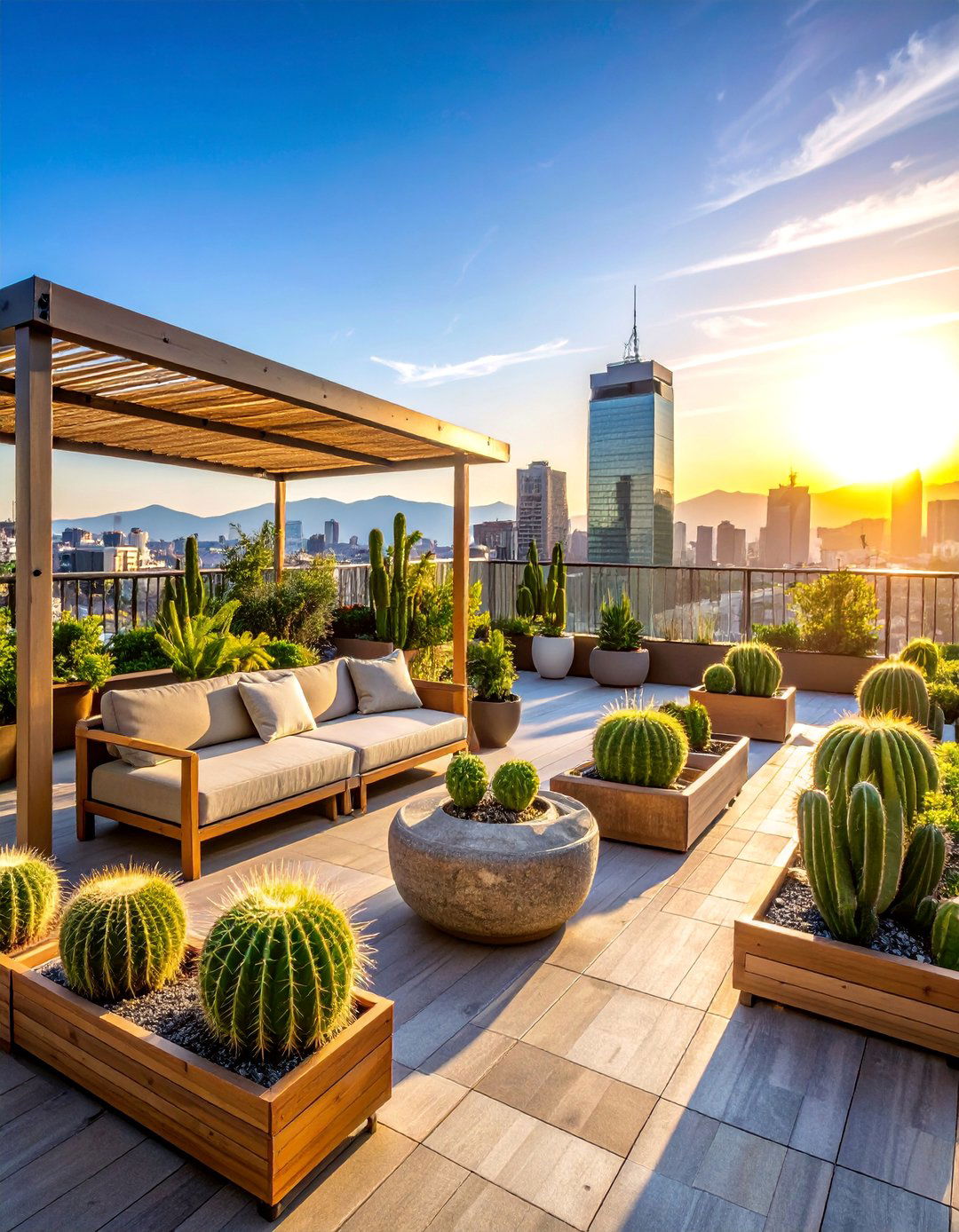
Transform blank walls into living art installations using specialized vertical growing systems designed for cacti and succulents with minimal water requirements. This space-efficient design maximizes growing area while creating stunning focal points on patios, courtyards, or interior walls. Install modular pocket planters, wire grid systems with attached containers, or custom-built wooden frameworks with individual planting compartments. Select trailing and compact varieties that adapt well to vertical growing – such as string succulents, small sedums, or trailing jade plants. Ensure proper drainage through each planting pocket while maintaining easy access for maintenance and watering. Incorporate drip irrigation systems with individual emitters for each planting section. Frame the installation with complementary materials like reclaimed wood, metal edging, or decorative tile work that enhances rather than competes with the planted display.
13. Bohemian Patio Cactus Garden with Textiles
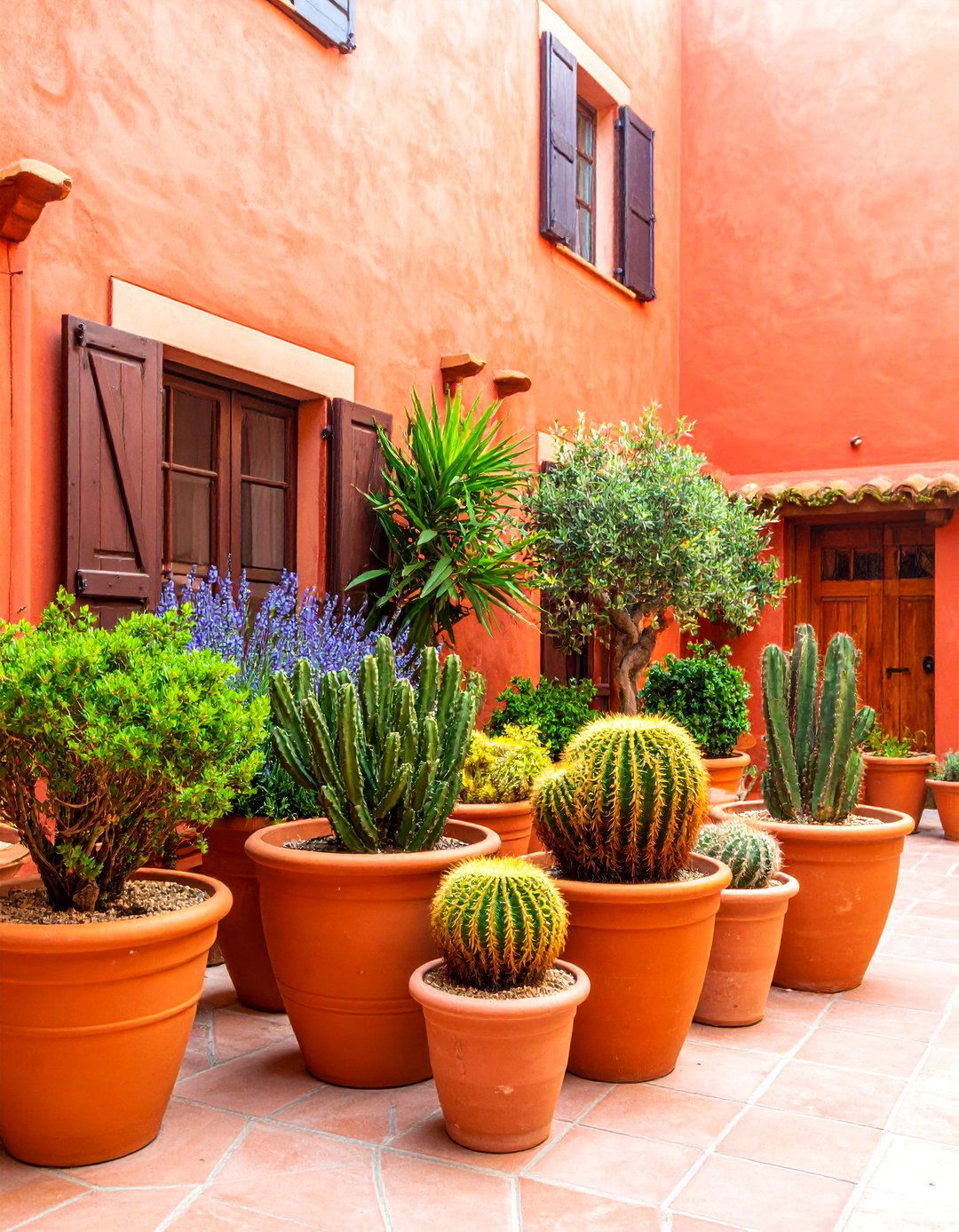
Blend southwestern plant choices with eclectic bohemian décor elements, creating relaxed outdoor living spaces that celebrate both natural beauty and artistic expression. This design incorporates vibrant outdoor rugs, colorful throw pillows, hanging lanterns, and flowing fabrics alongside carefully arranged cactus plantings in diverse containers. Mix pot materials and styles – combining ceramic, metal, woven baskets, and painted containers in coordinating color schemes featuring sunset hues, turquoise accents, and natural earth tones. Include comfortable seating arrangements with floor cushions, hanging egg chairs, or low wooden benches surrounded by the varied cactus collection. String lights overhead create magical evening ambiance, while wind chimes and small water features add gentle sound elements. Layer textures through macrame plant hangers, woven wall hangings, and natural fiber textiles that soften the architectural cactus forms while maintaining the relaxed, artistic atmosphere.
14. Desert Pathway Garden with Stepping Stones

Design meandering walkways through cactus plantings using natural flagstone stepping stones separated by decorative gravel and carefully positioned plant groupings. This design creates journey-like experiences through the garden while protecting plant roots from foot traffic and providing stable walking surfaces. Space stepping stones at comfortable intervals while varying their sizes and shapes for natural appearance. Surround pathways with graduated plantings – low barrel cacti and colorful succulents closest to walkways, transitioning to taller columnar varieties and agaves as background specimens. Fill spaces between stones with colored gravel, crushed granite, or river pebbles that complement the stone colors and enhance drainage. Include rest areas with natural stone benches or artistic boulders positioned to provide contemplative views of key plant groupings. Integrate subtle pathway lighting for evening safety and ambiance.
15. Geometric Container Cactus Arrangement

Establish formal garden areas using identically sized containers arranged in precise geometric patterns filled with coordinated cactus selections that emphasize symmetry and repetition. This contemporary design approach treats cacti as architectural elements within formal landscape frameworks. Choose sleek containers in matching materials – perhaps concrete, ceramic, or metal – arranging them in squares, circles, or linear formations across patios, terraces, or courtyards. Plant each container with identical species or create patterns using two alternating varieties for visual rhythm. Space containers evenly with specific measurements to maintain geometric precision. Use uniform ground cover materials like white gravel or decomposed granite between containers to enhance the formal design effect. Include precise irrigation systems with timers ensuring consistent care across all plantings. Frame the entire arrangement with architectural elements like low walls, formal hedging, or linear water features that reinforce the geometric theme.
16. Mixed Succulent and Cactus Border Garden
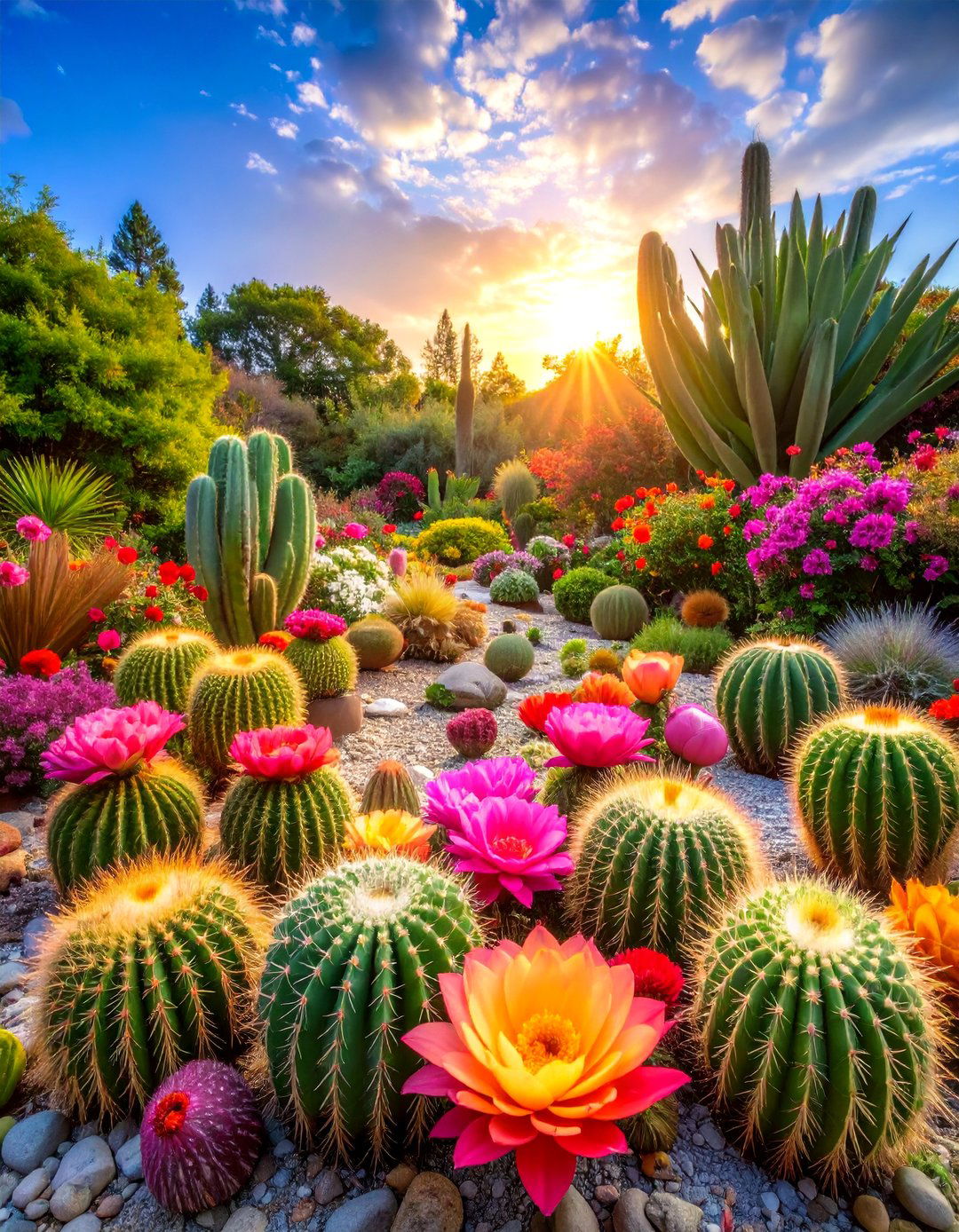
Create transitional garden borders that blend various succulent and cactus species with complementary drought-tolerant plants, establishing naturalistic landscapes that require minimal irrigation while providing year-round interest. This design approach incorporates agaves, aloes, echeverias, and diverse cactus varieties alongside ornamental grasses, Mediterranean herbs, and other xeric plants. Plan plantings in drifts and masses rather than single specimens, creating flowing compositions that mimic natural plant communities. Use mulches like decorative gravels or wood chips to suppress weeds while conserving soil moisture. Include seasonal interest through plants that bloom at different times – perhaps spring-flowering prickly pears, summer-blooming agaves, or winter-interest ornamental grasses. Incorporate hardscape elements like decorative boulders, artistic sculptures, or natural stone edging that provides structure while complementing the informal planting style. Design irrigation zones based on specific water requirements for optimal plant health.
17. Courtyard Fountain Cactus Garden
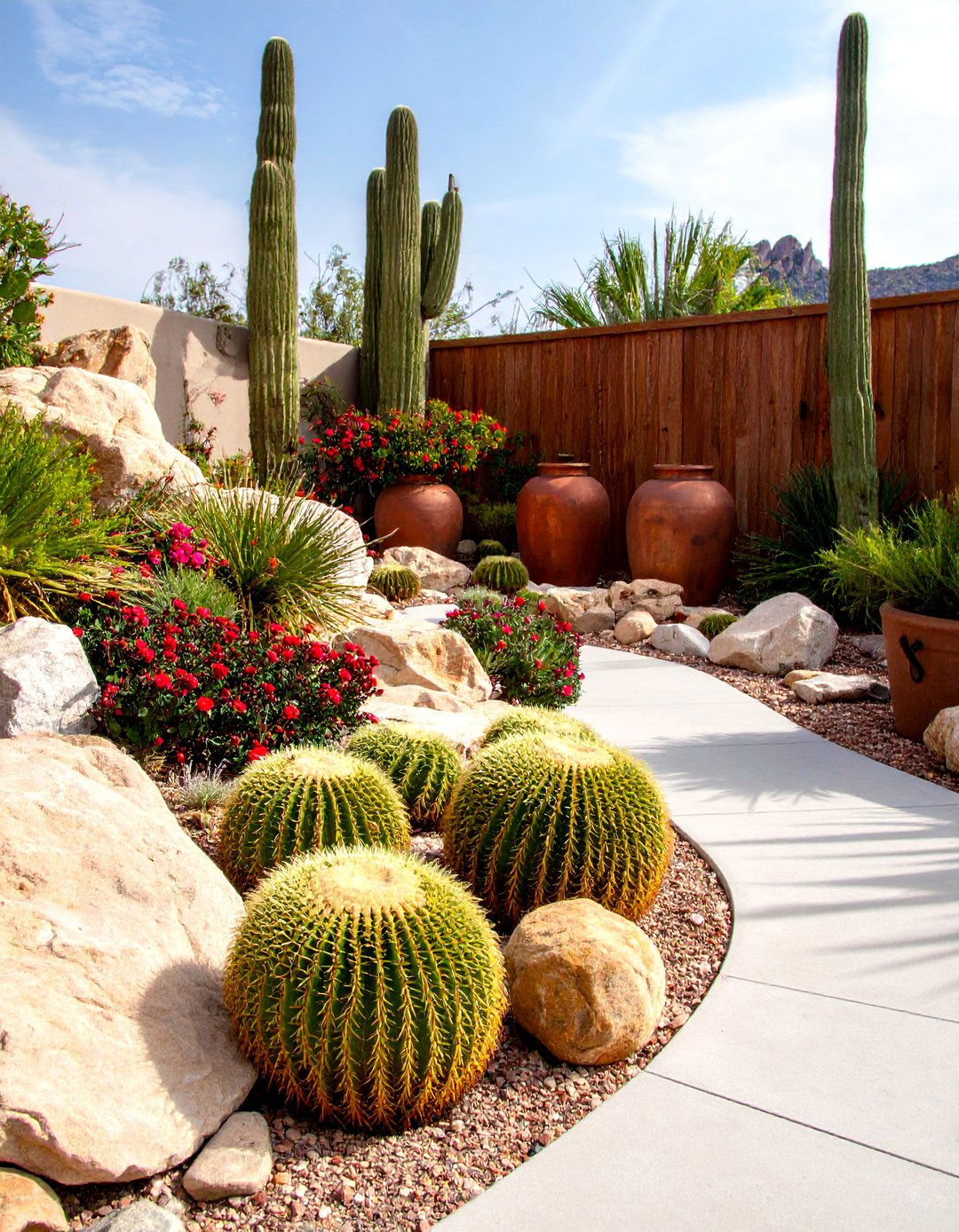
Center intimate courtyard spaces around water features surrounded by carefully arranged cactus plantings that create peaceful oases combining the soothing sounds of moving water with stunning desert plant architecture. This design balances the contrasting elements of water and drought-tolerant plants while establishing microclimates that benefit both elements. Position fountains or small ponds as focal points with adequate space for maintenance and appreciation. Arrange larger cactus specimens like golden barrels, columnar varieties, or impressive agaves around the water feature at distances that prevent water damage while creating attractive reflections. Include comfortable seating positioned to enjoy both water sounds and plant viewing. Use materials like natural stone, weathered wood, or colored concrete that complement both water features and plant selections. Incorporate adequate drainage systems around water features while maintaining proper soil conditions for cactus health. Add evening lighting that illuminates both water and plants dramatically.
18. Rooftop Cactus Garden with Wind Protection
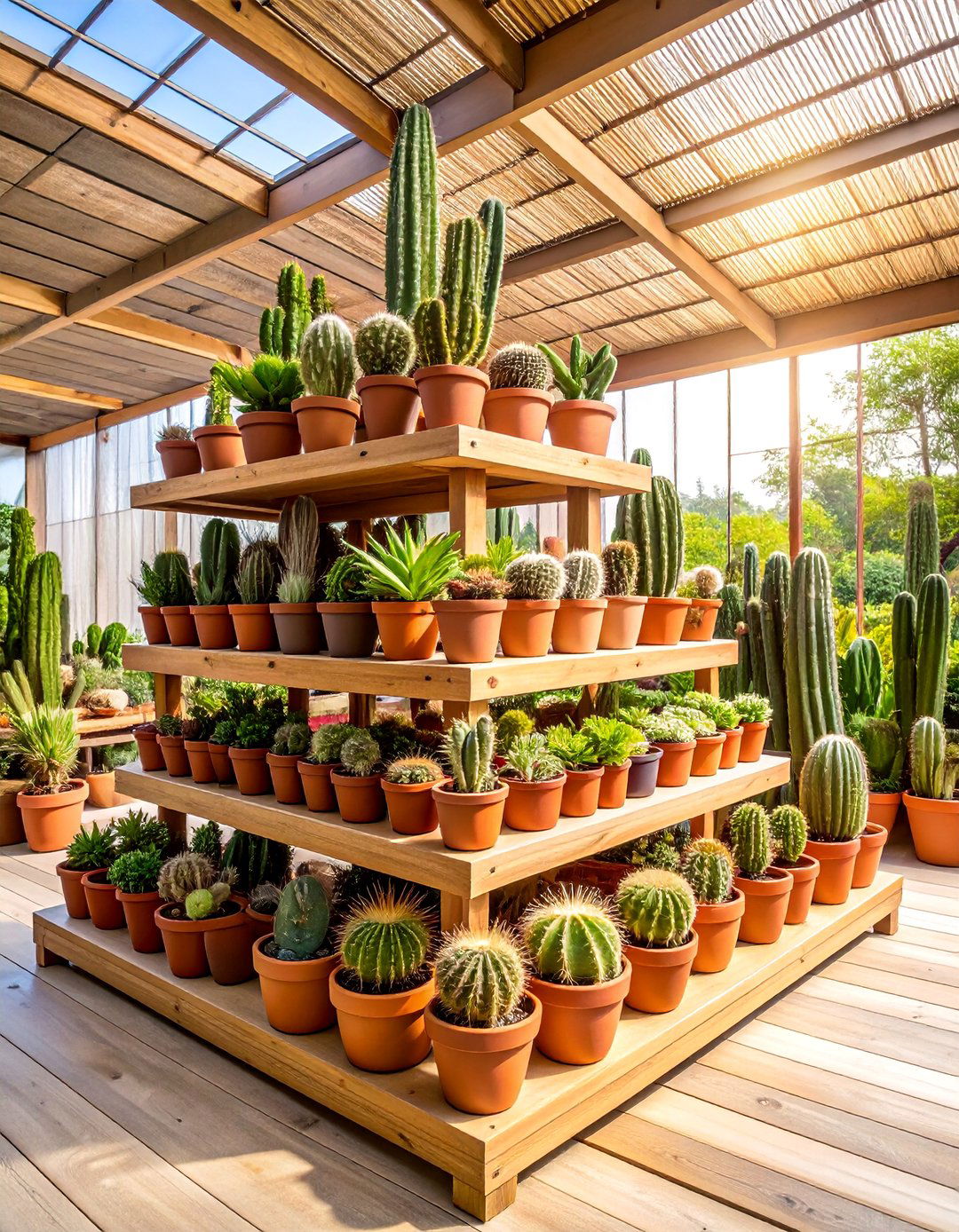
Transform rooftop spaces into thriving cactus gardens using specialized containers and wind protection systems designed to handle extreme urban growing conditions. This design addresses unique challenges of rooftop gardening – including wind exposure, weight restrictions, temperature extremes, and limited access to utilities. Select lightweight containers with adequate drainage while ensuring they won't blow over in high winds. Install windbreaks using materials like bamboo screening, perforated metal panels, or glass barriers that filter harsh winds without creating dead air spaces. Choose cactus varieties proven to handle temperature fluctuations and wind exposure, such as hardy prickly pears, robust barrel cacti, or flexible columnar species. Include shade structures for extreme summer conditions using retractable awnings or shade cloth systems. Plan efficient irrigation using lightweight drip systems with timers. Create comfortable seating areas protected from wind while providing panoramic city views enhanced by the dramatic cactus landscape.
19. Night-Blooming Cactus Evening Garden
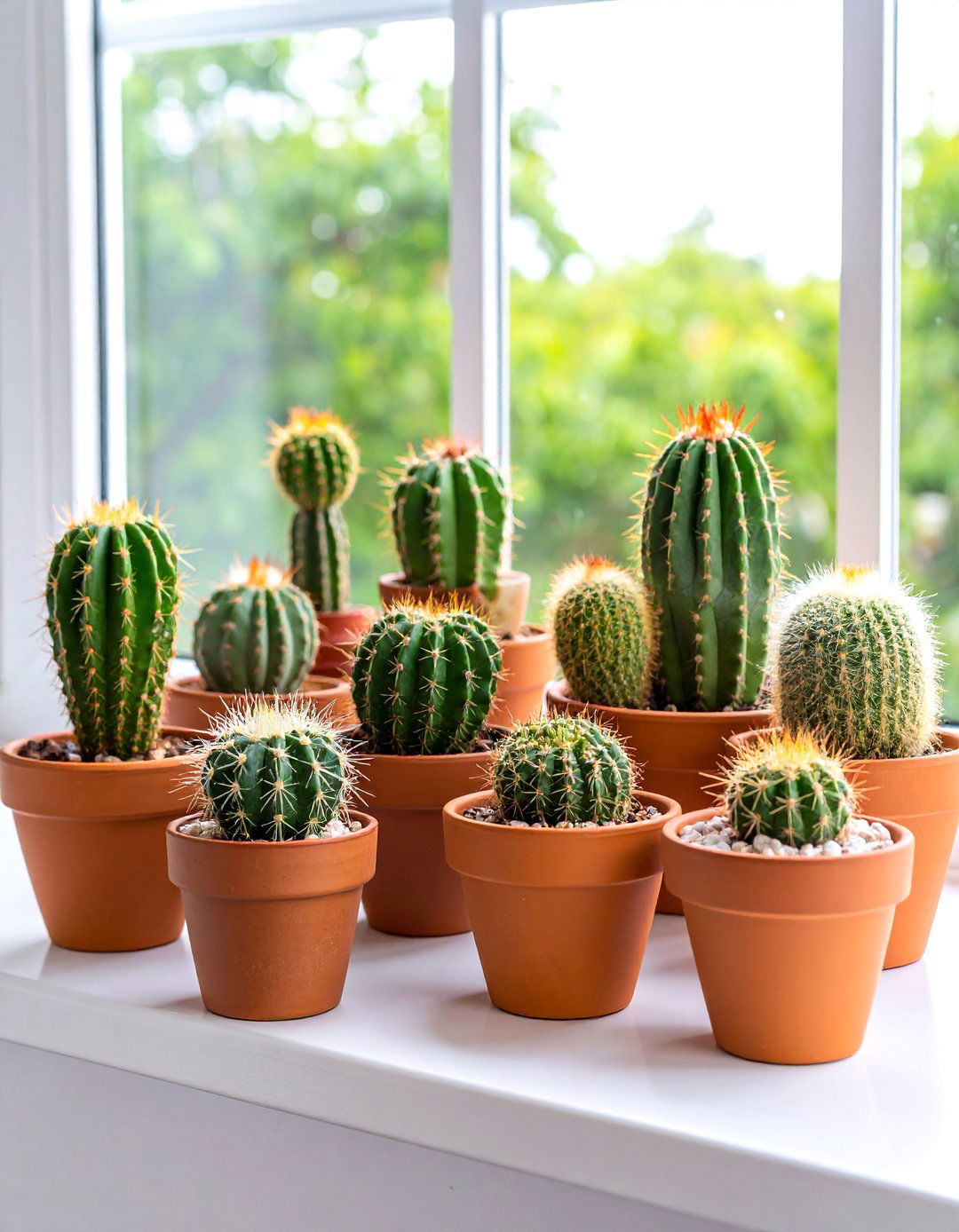
Design specialized garden areas featuring cactus varieties known for spectacular nocturnal blooms, creating magical evening experiences enhanced by strategic lighting and comfortable nighttime seating arrangements. This unique theme celebrates the often-overlooked flowering characteristics of many cactus species that bloom exclusively at night. Include species like night-blooming cereus, queen of the night, or moonlight cacti positioned near seating areas for close observation during blooming periods. Install subtle LED lighting systems that illuminate plants without interfering with natural blooming cycles. Create comfortable evening gathering spaces with weather-resistant furniture, outdoor heating elements for cooler nights, and side tables for refreshments during bloom-watching sessions. Include fragrant companion plants that enhance evening garden experiences without competing for resources. Plan viewing areas with clear sightlines to key specimens while maintaining proper spacing for plant health. Consider seasonal timing when different species bloom to extend the evening garden's active periods throughout the year.
20. Mediterranean-Style Cactus Garden with Terra Cotta
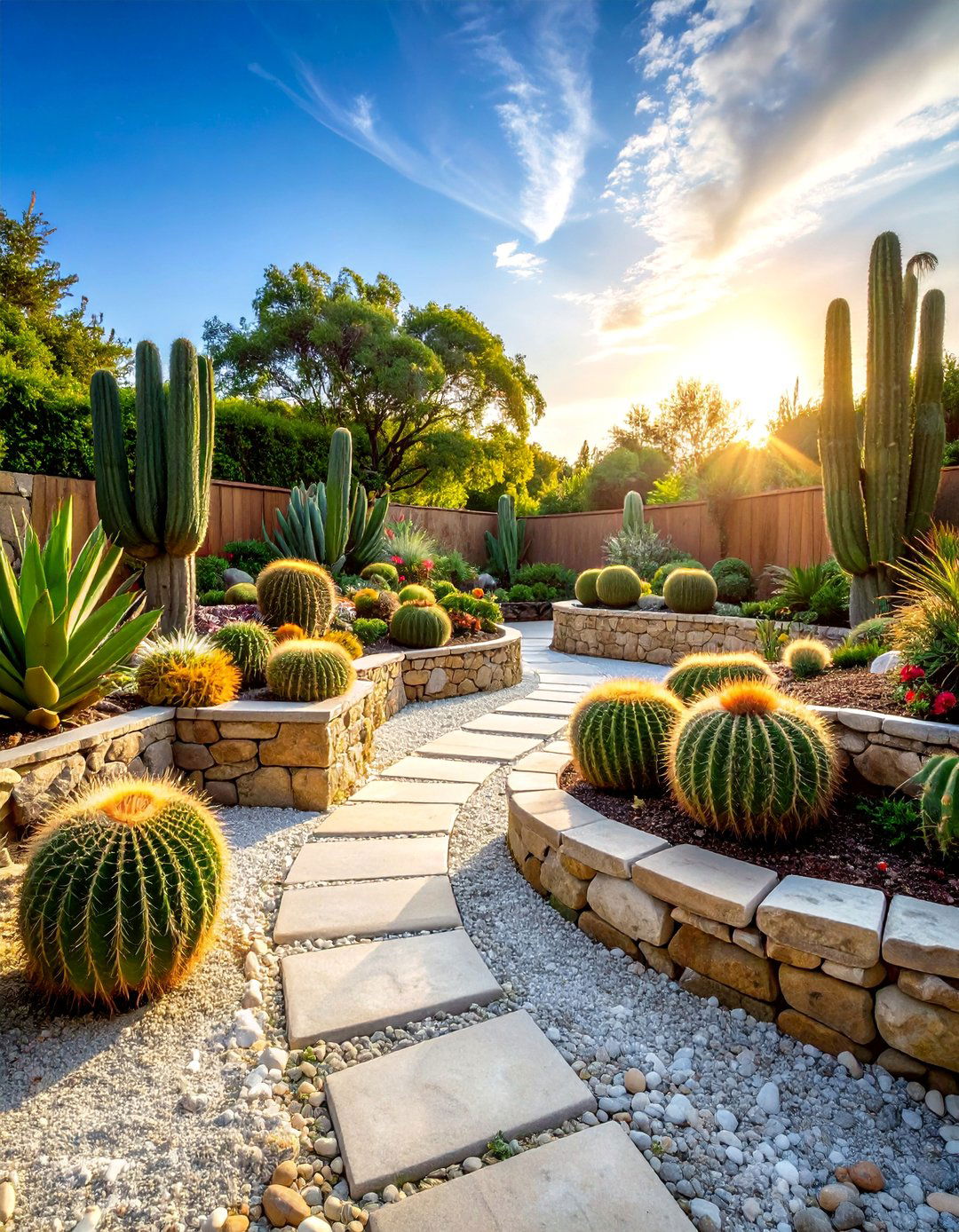
Establish warm, inviting garden spaces that blend Mediterranean design elements with southwestern plant choices, using terra cotta containers, warm stone materials, and architectural details reminiscent of Mediterranean courtyards. This design approach emphasizes earth-tone color palettes, natural materials, and informal yet structured layouts that create comfortable outdoor living environments. Use terra cotta pots in varying sizes filled with diverse cactus and succulent selections, arranged on different levels using decorative plant stands or built-in stone surfaces. Include Mediterranean architectural elements like stucco walls painted in warm ochre or sienna tones, arched doorways, or decorative tile accents. Add olive trees, lavender, or rosemary as companion plants that share water requirements while enhancing the Mediterranean atmosphere. Incorporate comfortable seating areas with weather-resistant cushions in earth tones, small side tables for entertaining, and shade structures using natural materials like wood or canvas.
21. Children's Educational Cactus Garden
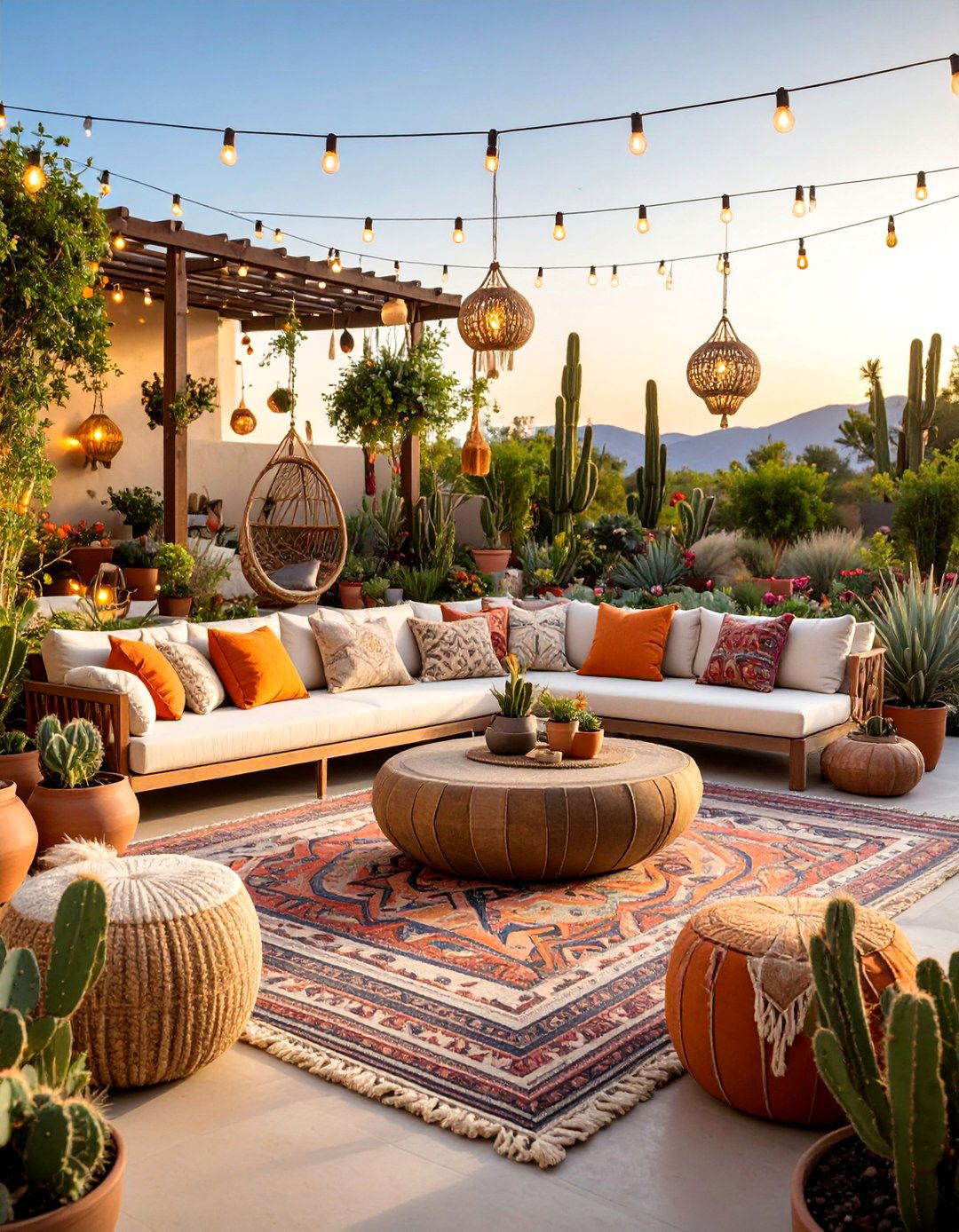
Create engaging learning environments where children can safely explore and learn about desert plants through hands-on experiences with specially selected non-threatening cactus varieties and interactive garden elements. This design prioritizes safety while maintaining educational value and visual appeal. Choose spineless or minimally spined varieties like spineless prickly pears, soft-spined barrel cacti, or smooth succulents that allow close examination without injury risks. Include clear plant identification labels with interesting facts about each species, their native habitats, and survival adaptations. Create designated pathways using colorful stepping stones or safe walking surfaces that guide exploration while protecting both children and plants. Install child-height raised beds or container arrangements that enable easy observation and maintenance participation. Include educational elements like weather monitoring stations, magnifying glasses on stands, or interactive displays about desert ecosystems. Provide child-sized tools and designated work areas where young gardeners can participate in planting and care activities under supervision.
22. Artistic Sculpture Cactus Garden Integration
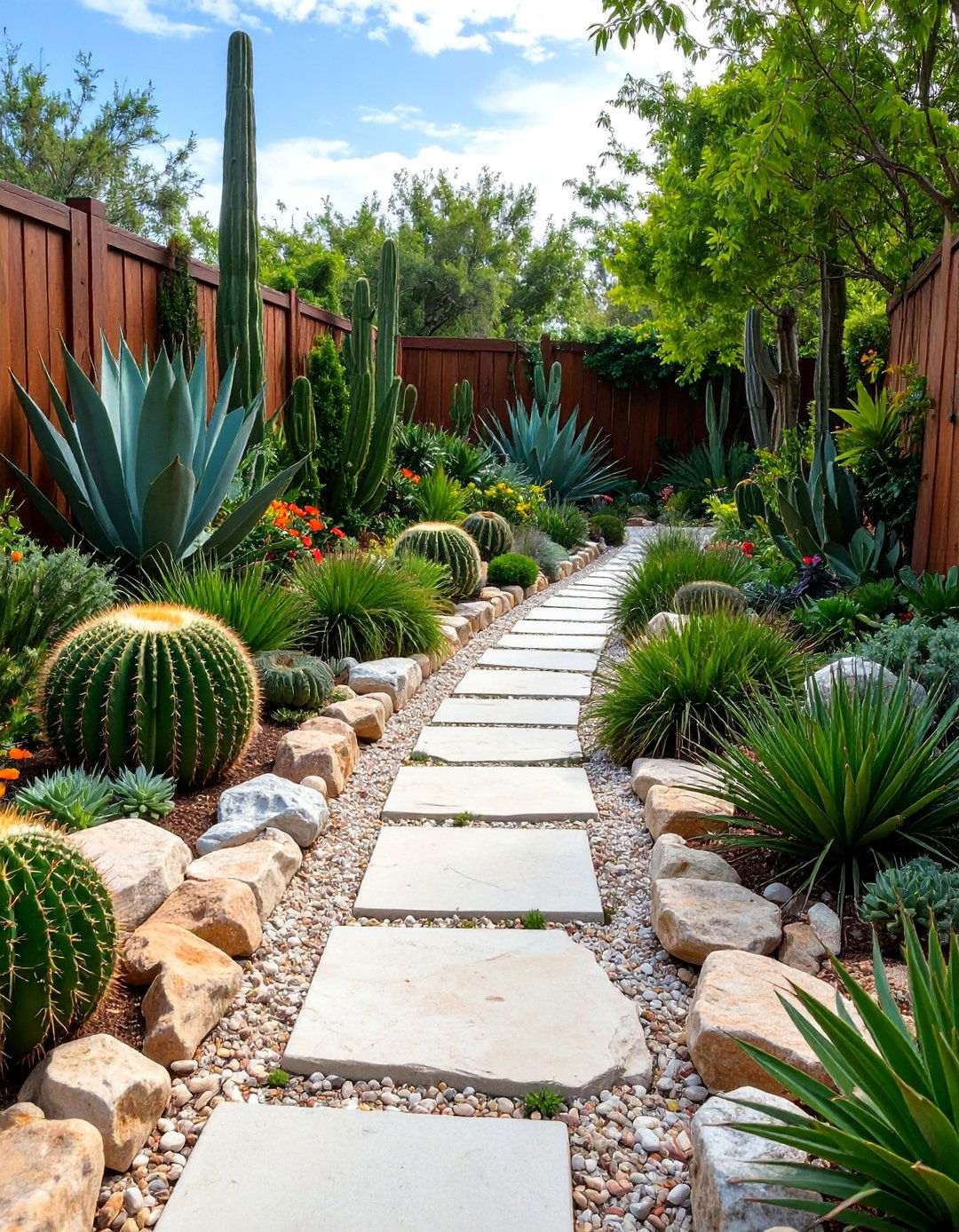
Blend contemporary garden art with cactus plantings to create gallery-like outdoor spaces where sculptural plants complement human-made artistic elements in harmonious landscape compositions. This sophisticated design approach treats both plants and artworks as integral design elements requiring careful placement and visual balance. Select modern sculptures, ceramic installations, or metal artworks that complement rather than compete with the natural architecture of cacti and succulents. Position art pieces as focal points with adequate space for appreciation while using plant groupings to frame and enhance artistic elements. Choose materials for hardscaping and containers that bridge the gap between natural and artistic elements – perhaps weathering steel planters, concrete sculptural containers, or artistic stone arrangements. Include adequate lighting systems that illuminate both plants and artworks effectively for evening viewing. Plan maintenance access that protects both plant and art installations while ensuring proper care for all elements.
23. Edible Cactus Garden with Culinary Focus
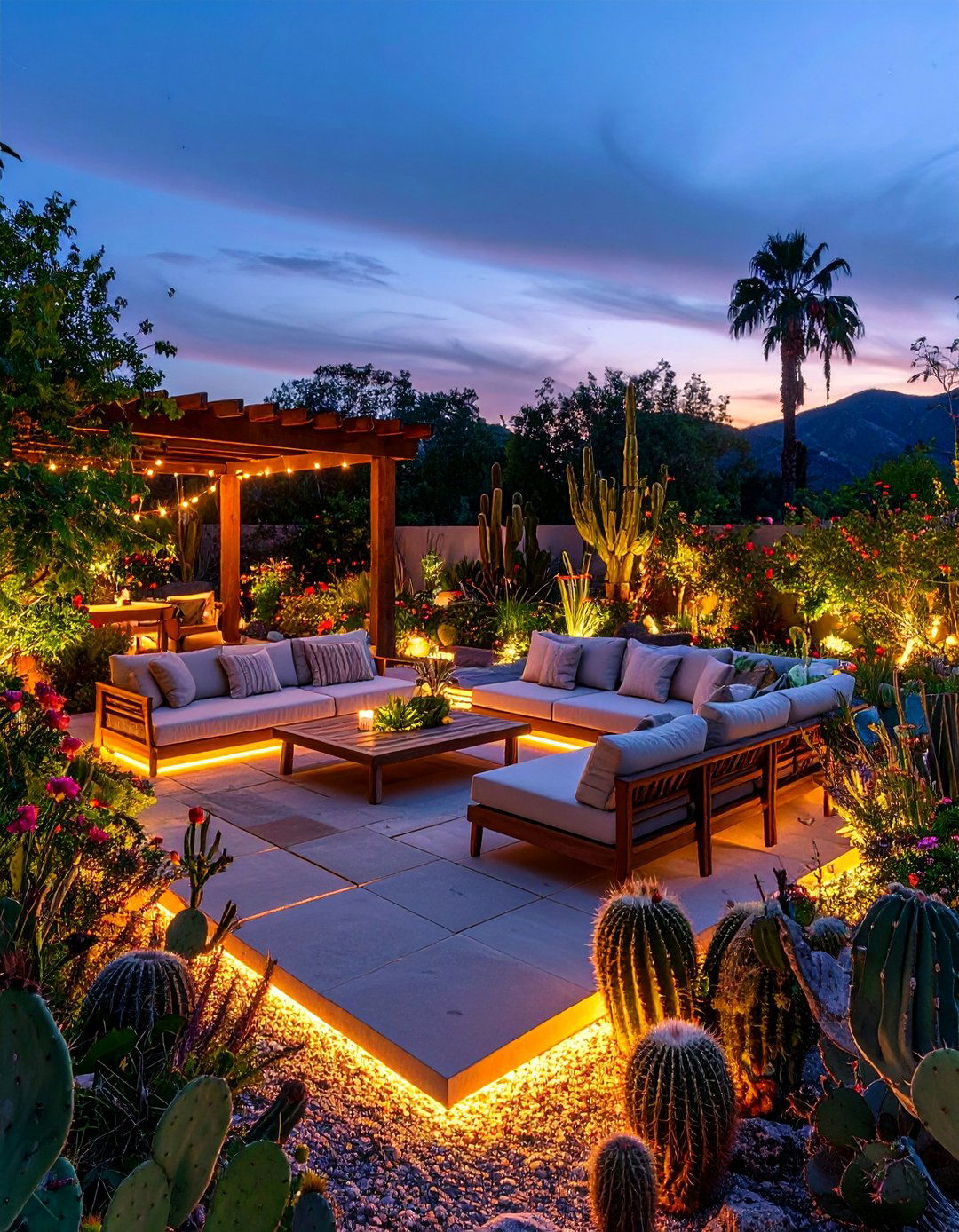
Develop productive garden spaces featuring edible cactus varieties and complementary plants that provide fresh ingredients for southwestern cuisine while maintaining ornamental appeal throughout the growing season. This functional design emphasizes varieties like spineless prickly pear cactus (nopales), Mexican gherkin cacti, or edible barrel cactus while ensuring food safety and harvest accessibility. Include raised beds or large containers filled with appropriate growing media and positioned for easy harvesting. Plan adequate spacing between edible and purely ornamental varieties to prevent confusion during harvest times. Include companion herbs like Mexican mint marigold, epazote, or cilantro that enhance culinary preparations while sharing water requirements. Install efficient irrigation systems that ensure food safety while maintaining proper growing conditions. Create harvest and preparation areas with outdoor sinks, cutting surfaces, and storage for garden tools and harvest containers. Include educational signage about preparation methods, nutritional benefits, and traditional uses of edible cactus varieties.
24. Seasonal Color Cactus Garden Display
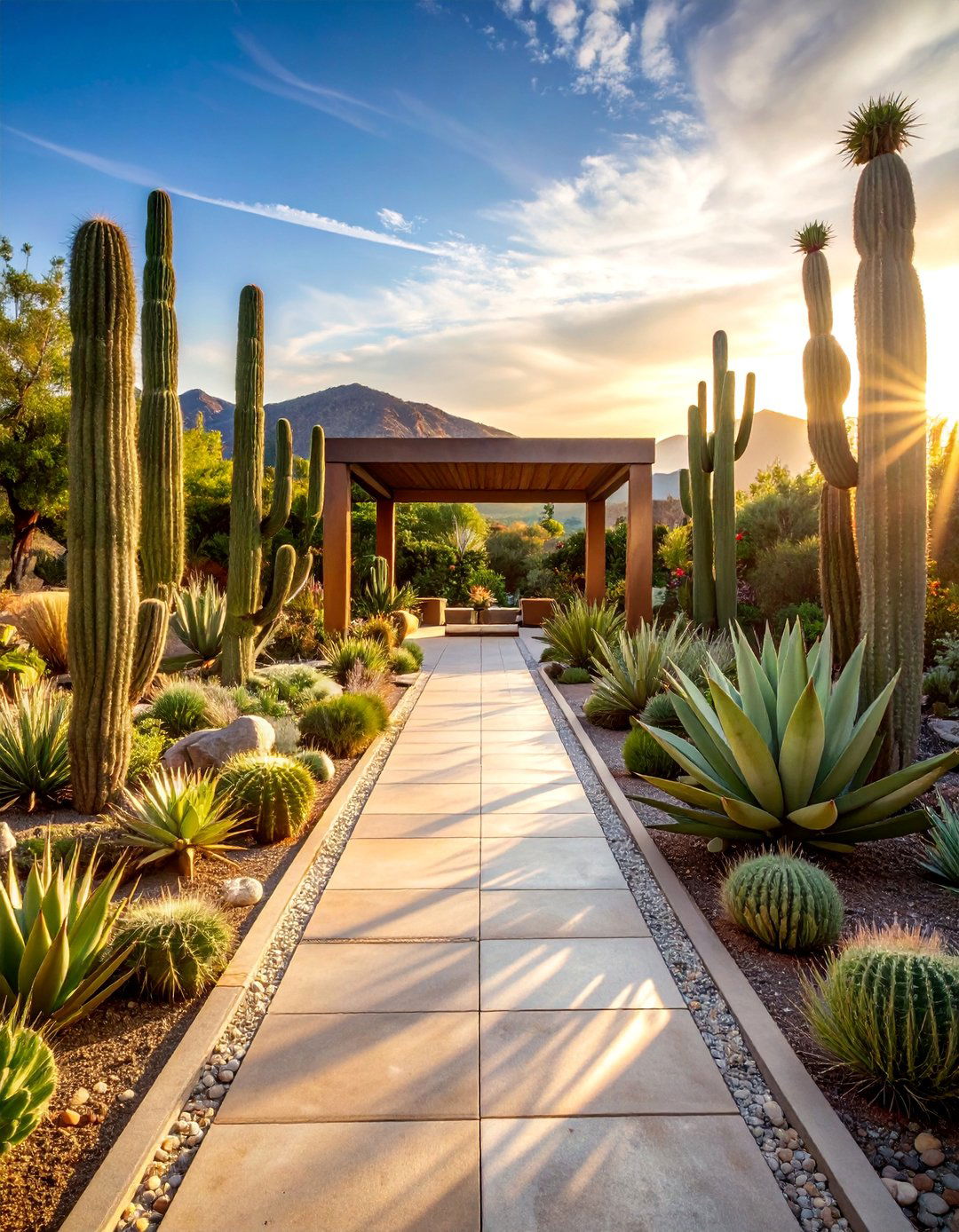
Plan dynamic garden compositions that provide changing color displays throughout the year by incorporating flowering cactus varieties, colorful succulents, and companion plants that bloom in succession for continuous visual interest. This design approach treats the cactus garden as a four-season display requiring careful plant selection and positioning to ensure optimal viewing during different blooming periods. Include spring bloomers like prickly pear cacti, summer-flowering barrel varieties, fall-blooming agaves, and winter-interest ornamental grasses or colorful succulent foliage. Position seasonal highlights near primary viewing areas like patios, windows, or main pathways for maximum impact during peak periods. Plan color coordination between blooming periods using complementary or harmonious color schemes that flow naturally throughout the seasons. Include evergreen background elements that provide consistent structure while seasonal elements provide changing interest. Design maintenance schedules around blooming periods to ensure optimal plant health and flower production. Document blooming times and patterns to refine plant selection and positioning over multiple growing seasons.
25. Water-Wise Demonstration Cactus Garden

Establish educational landscapes that showcase water conservation principles while demonstrating how beautiful gardens can thrive with minimal irrigation through smart plant selection and efficient design strategies. This environmentally focused design serves as a practical example of sustainable gardening while maintaining high aesthetic standards. Include native and adapted cactus varieties proven to thrive in local climate conditions with minimal supplemental watering. Install demonstration irrigation systems showing efficient watering methods like drip irrigation, rainwater harvesting, or greywater systems. Include educational signage explaining water conservation benefits, plant adaptations, and sustainable gardening practices. Design soil preparation areas showing proper drainage techniques and appropriate soil amendments for cactus cultivation. Include comparative plantings showing water usage differences between traditional and drought-tolerant landscapes. Plan demonstration areas for composting, mulching, and other sustainable practices that support water conservation goals. Provide educational materials or tours that explain the garden's conservation features and encourage adoption of similar practices.
Conclusion:
Cactus gardens offer endless possibilities for creating stunning, low-maintenance landscapes that celebrate the beauty of desert plants while conserving water and reducing maintenance demands. From intimate container displays to expansive landscape installations, these versatile plants adapt to countless design styles and growing conditions. Success lies in understanding each variety's specific needs, planning proper drainage, and selecting appropriate companion elements that enhance rather than compete with the cacti's natural architecture. Whether you choose minimalist modern designs or vibrant bohemian displays, cactus gardens provide year-round interest while supporting sustainable gardening practices that benefit both homeowners and the environment.


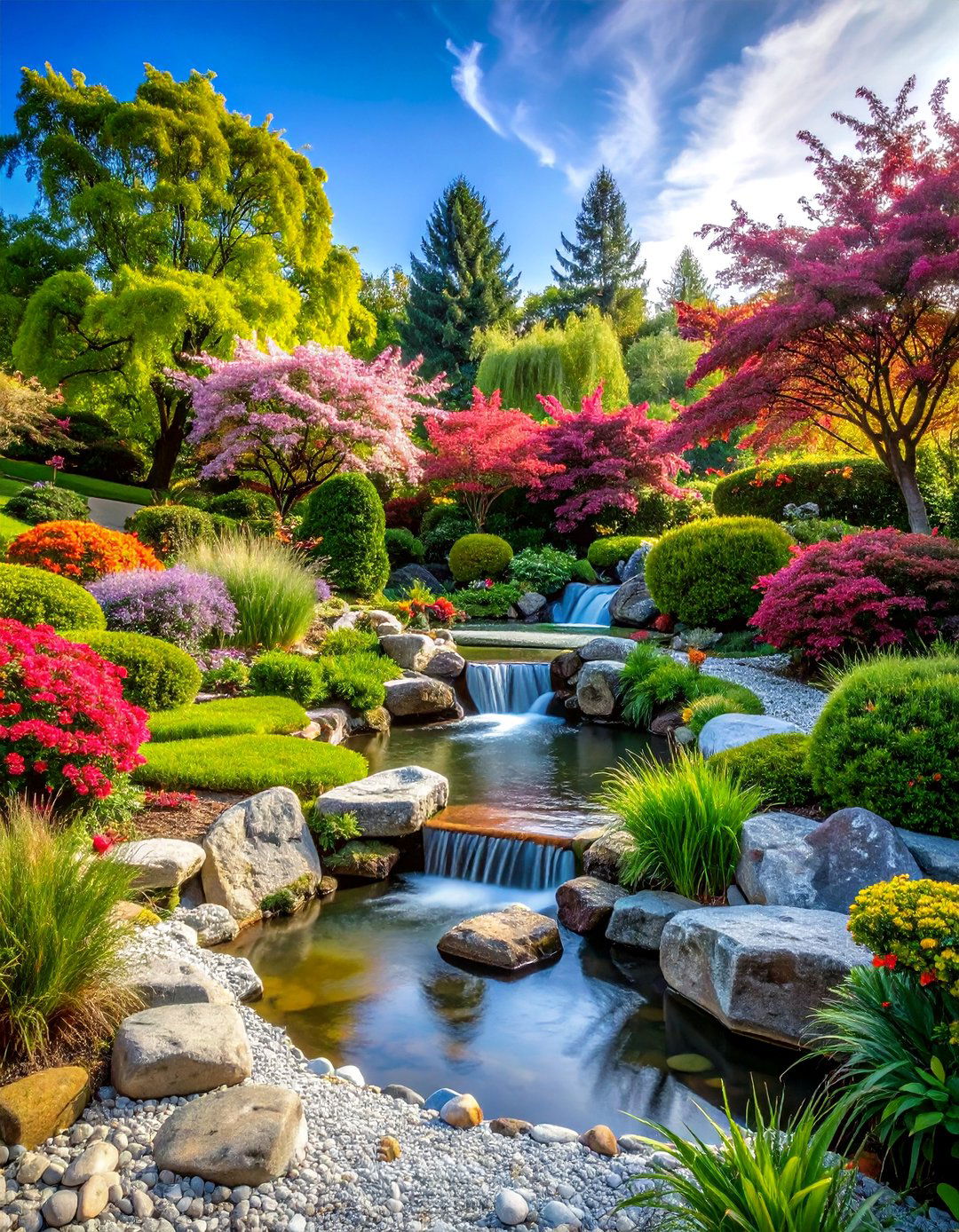
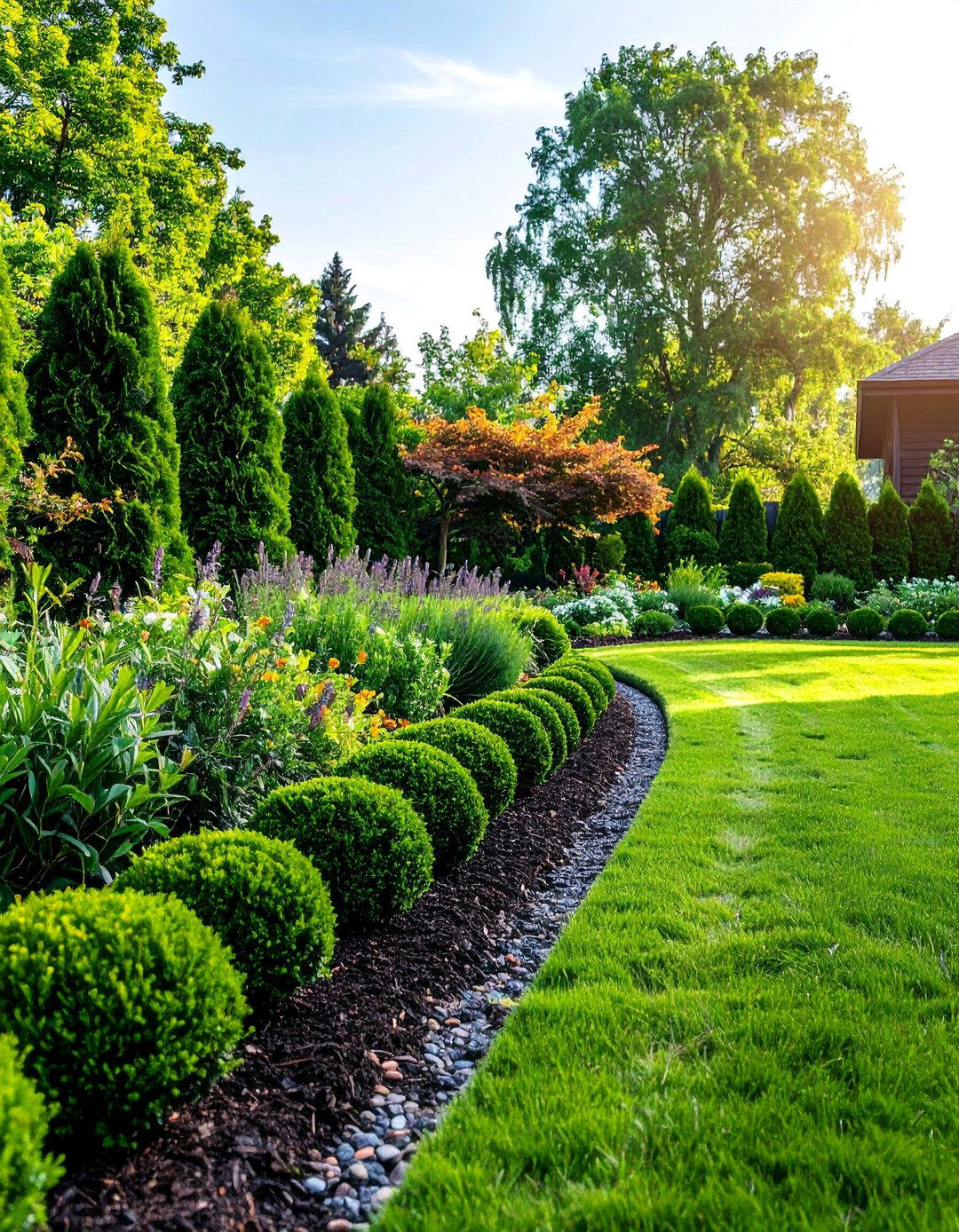


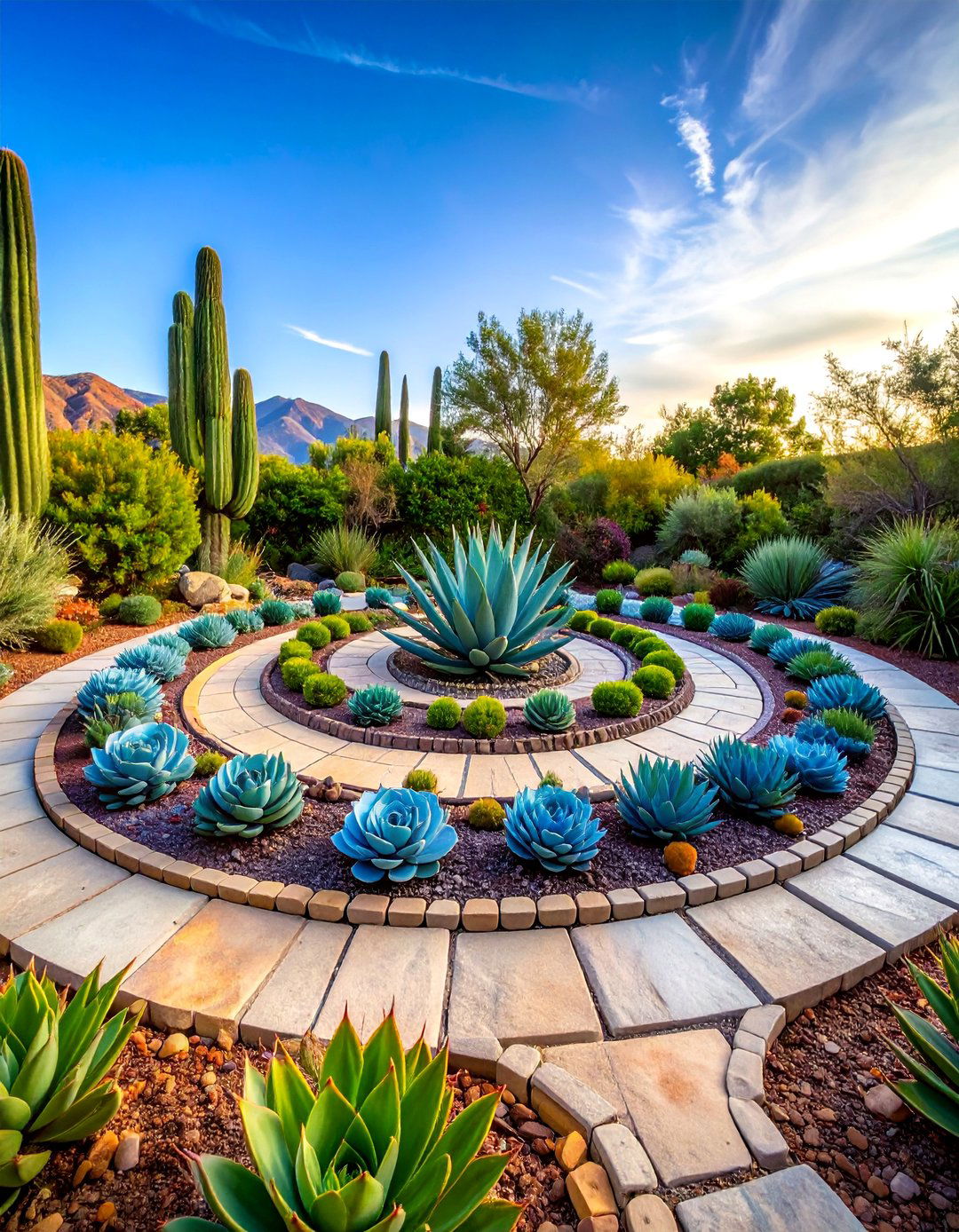

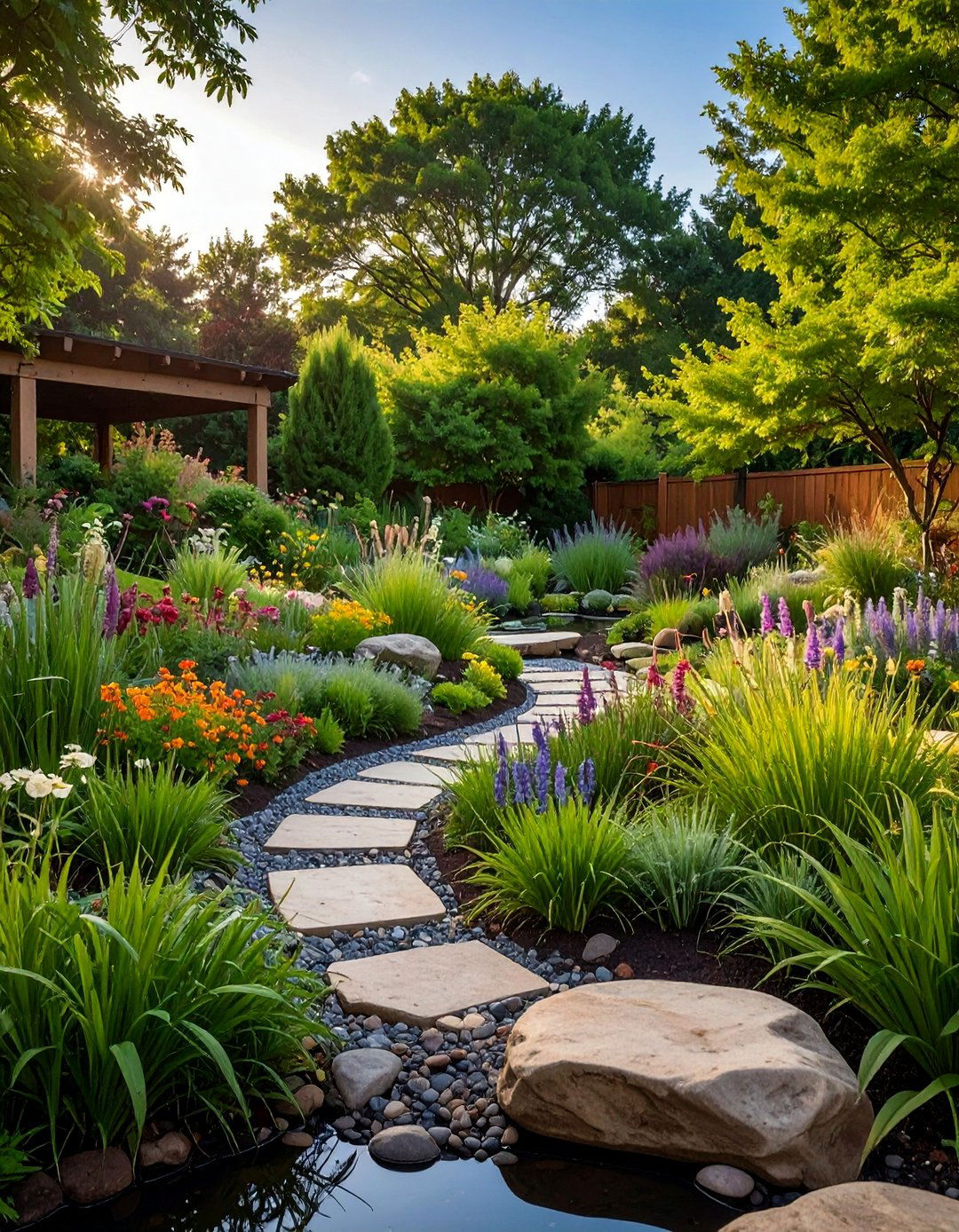
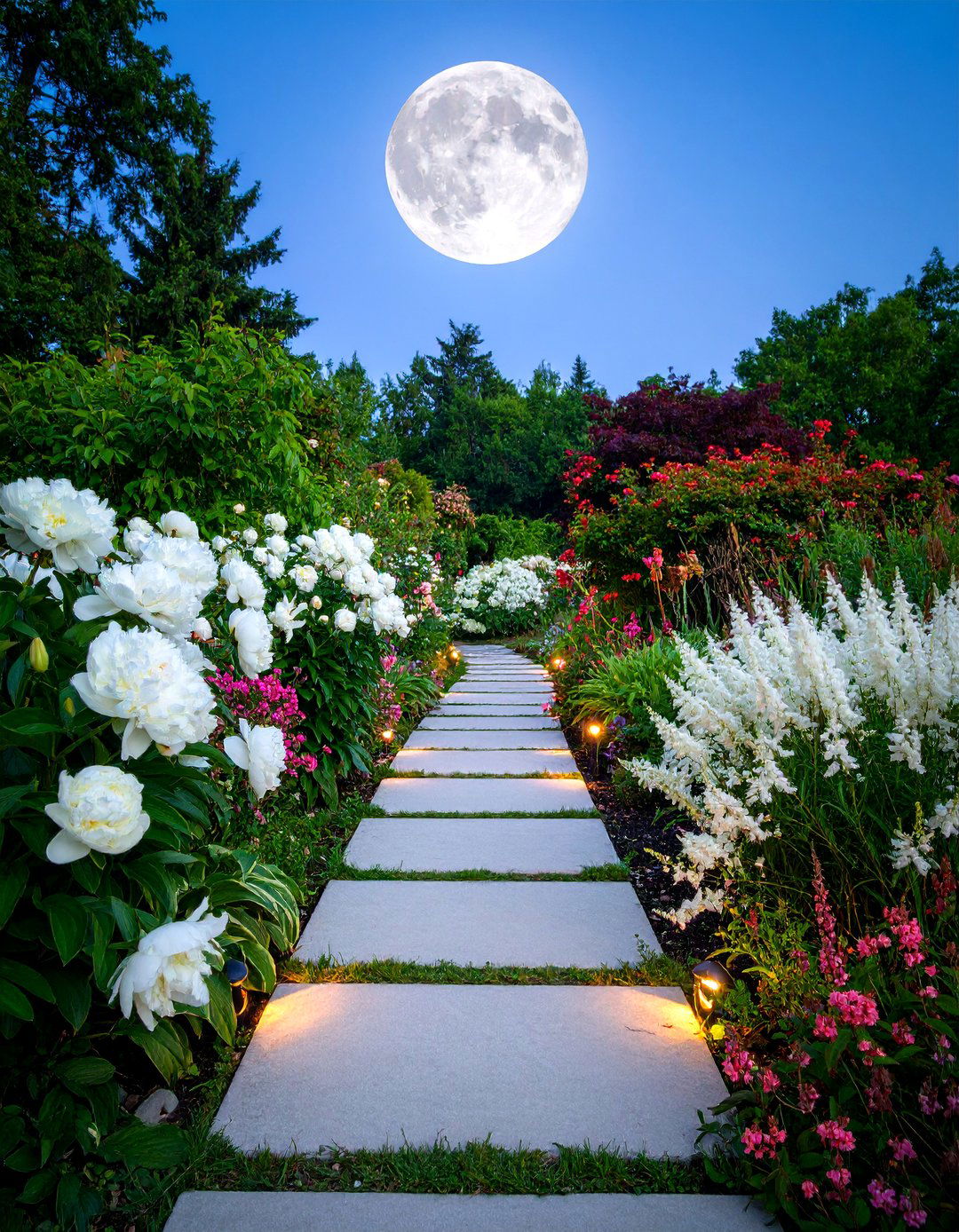

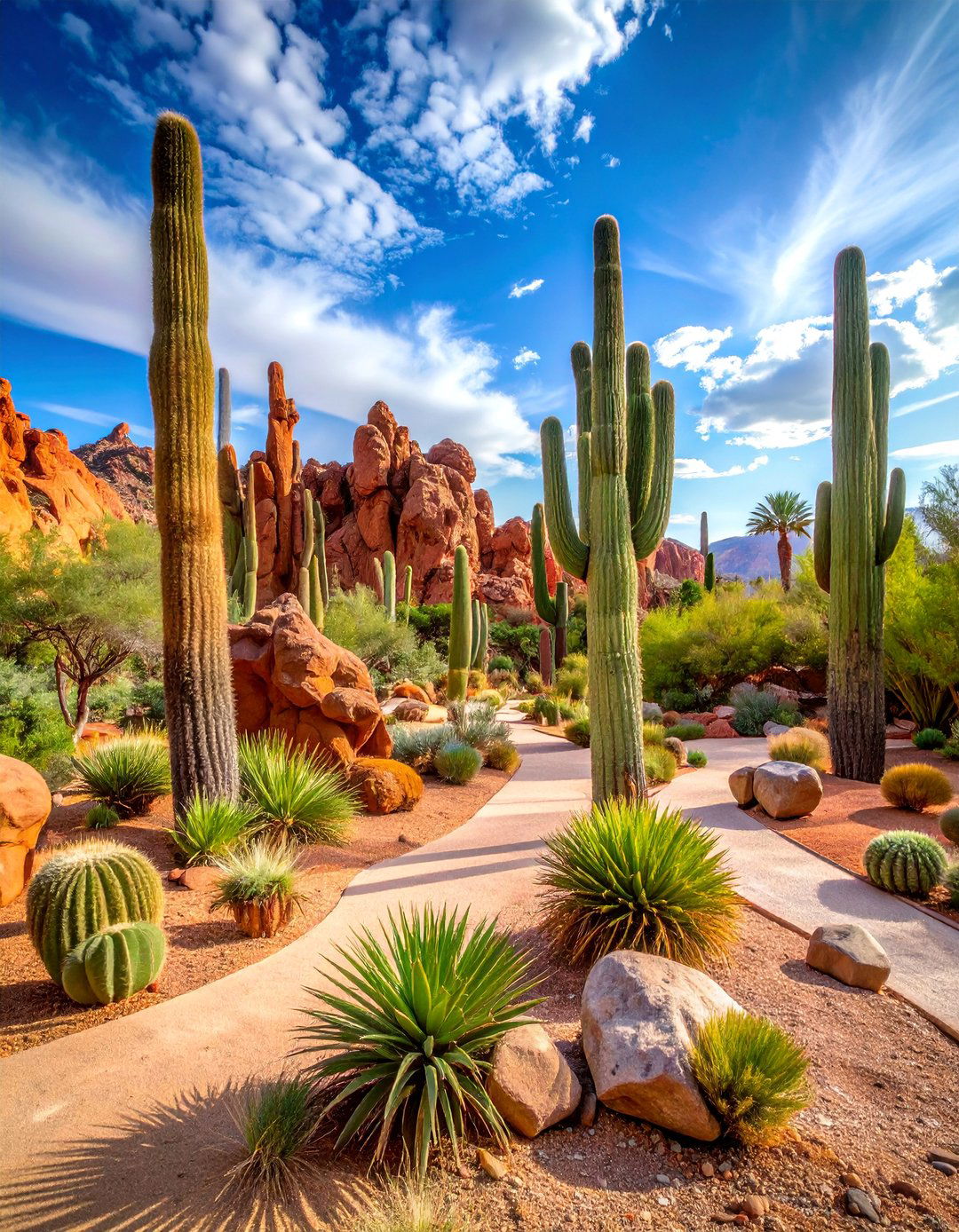

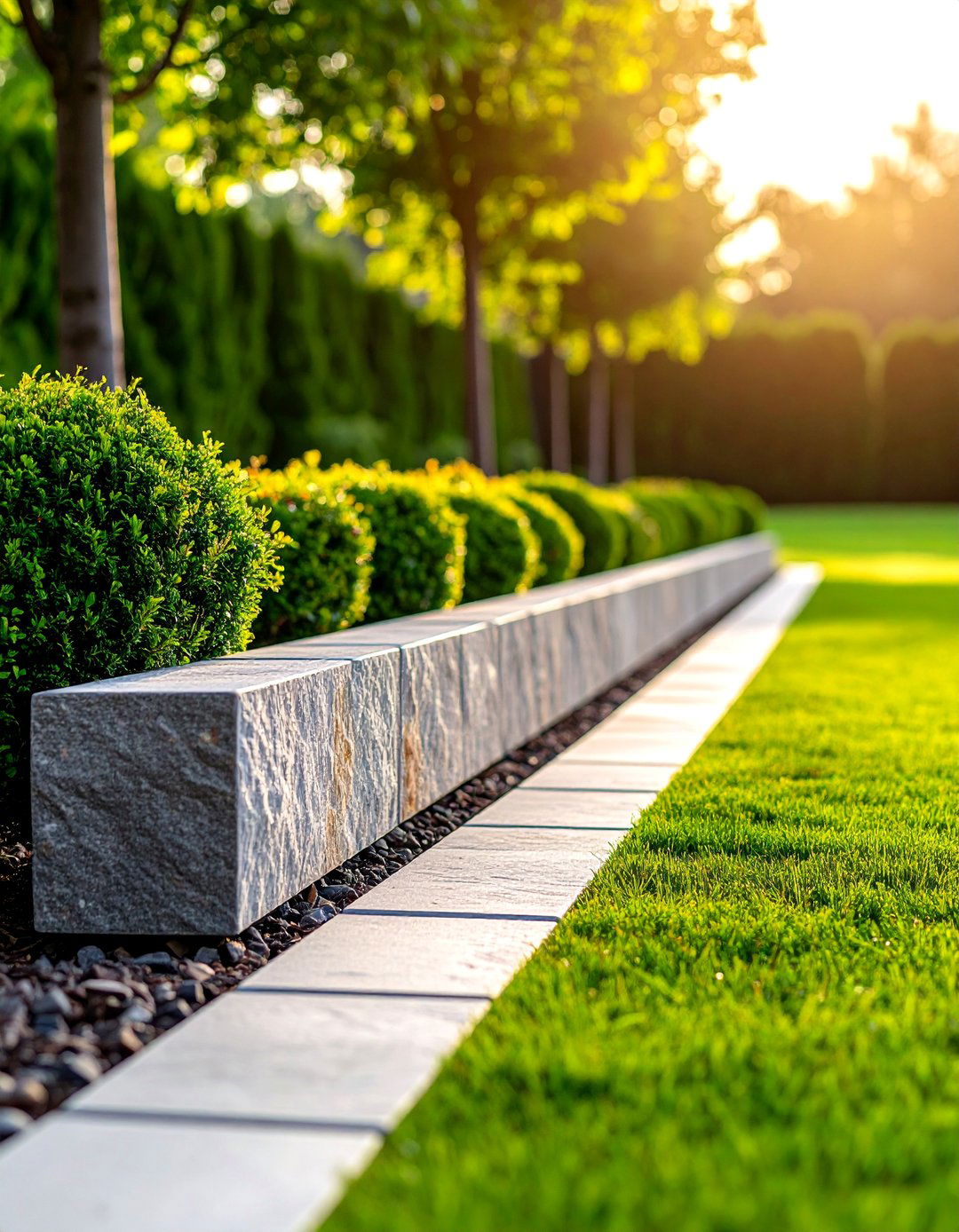

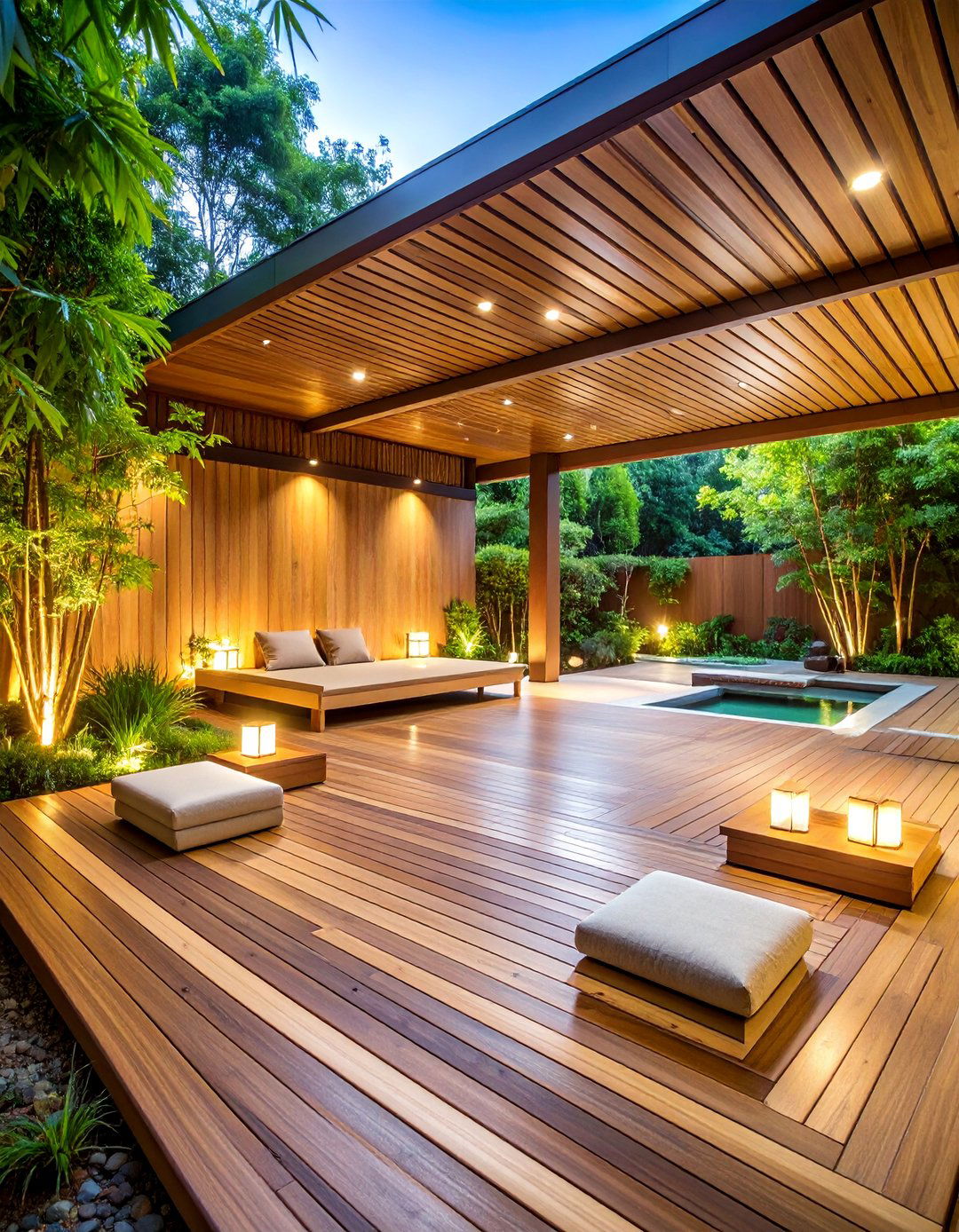
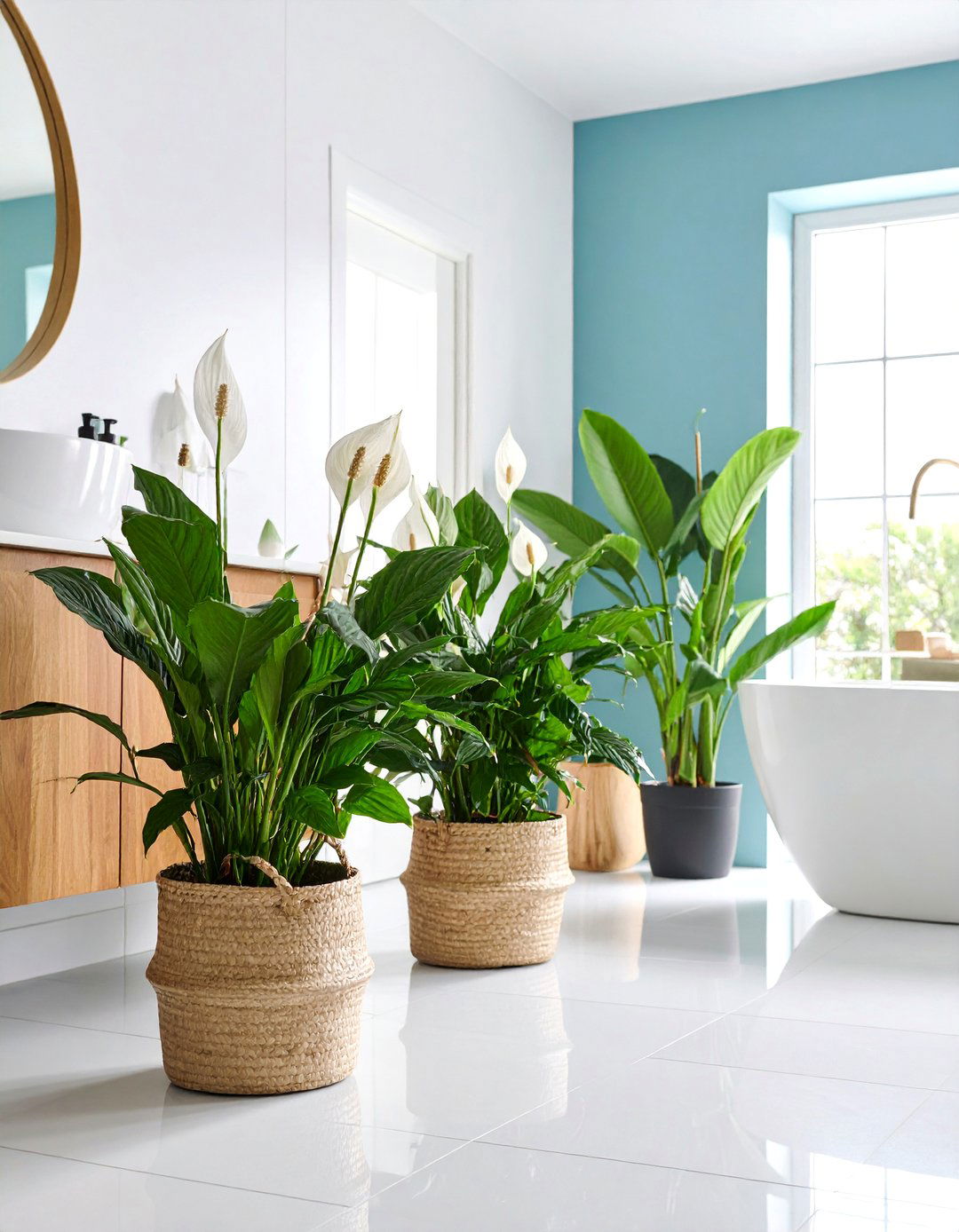
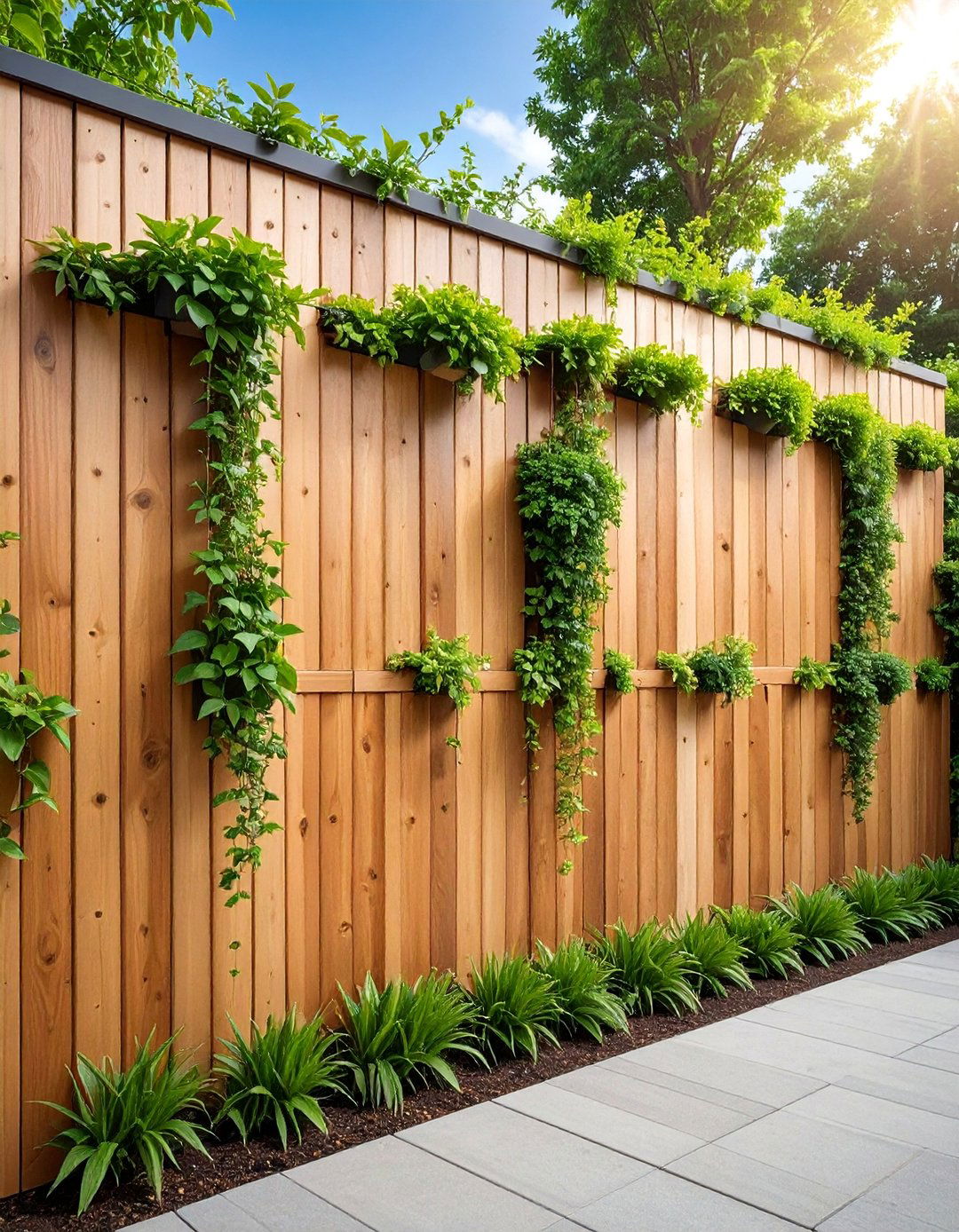
Leave a Reply